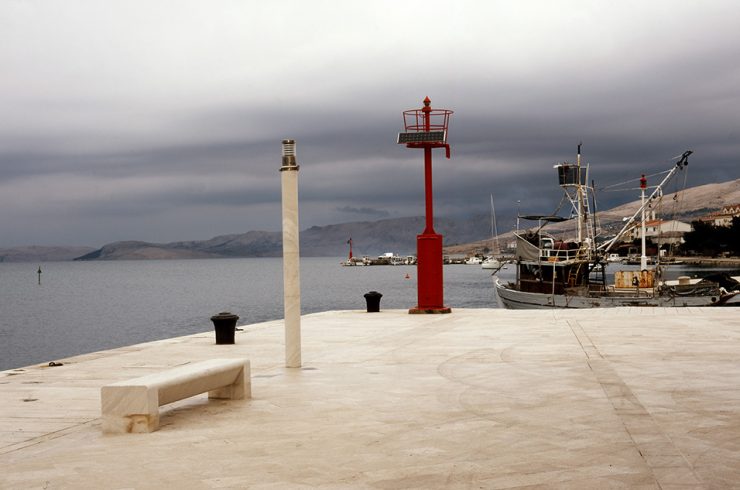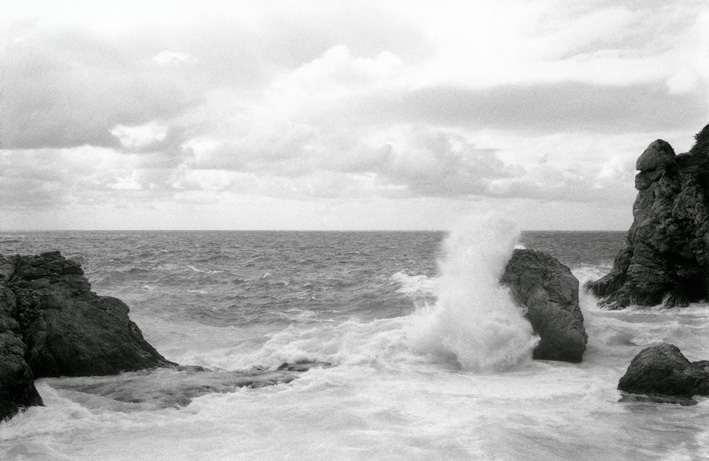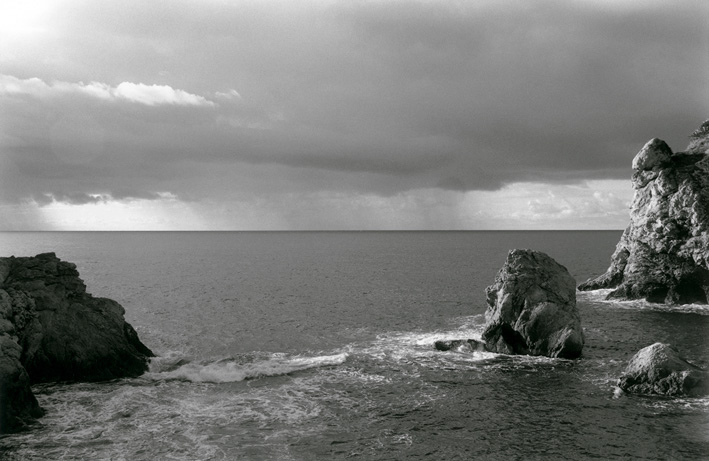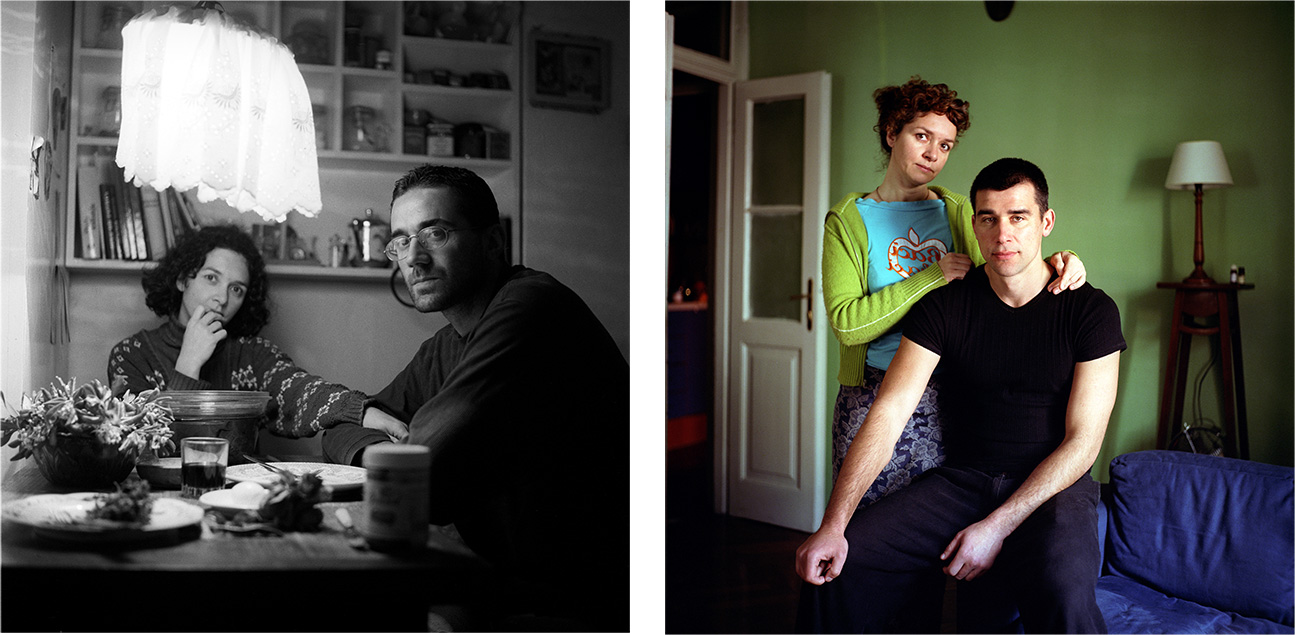Photography
Interview: Documentary Photographer Ana Opalić
Ana Opalić is a photographer and filmmaker who documents and records personal elements of her life that reflect the passage of time. Whether she focuses on relationships, her connection to nature or her sense of belonging and home, her photographs reflect a genuine respect to the people and places around her with a quiet and subtle attention to detail. Most of her photography series are considered to be an ongoing work in progress. One striking example is her series of portraits of friends from 1998 in black and white, who she then re-photographed recently, 18 years later.
All of your work includes a long process. When do you know a project is finished?
Almost everything I do is a work in progress. I always have an urge to go back to the subjects, people and places that are close to me. I’m mostly fascinated by change and the phenomenon of time. When I first made these portraits, I didn’t have any plans to do it in the future, but I felt the need to go back because these people in my life went through huge changes. Their kids are now 15 years old. I find that change through time so fascinating.
How do you find your subjects and ideas to record?
I never have projects where I write an idea on paper, think about it and research it. My work is always personal, either about my family, friends or meaningful places in my life.
- From the Series, “Brsalje”
- From the Series, “Brsalje”
In your documentary film, “Another One” you recorded your relationships and followed the lives of 5 friends throughout the course of 7 years. How does it feel to be exposed in your work?
The most extreme experience was this documentary. Once a work of art is finished, it has it’s own life which is not a part of your own life anymore. When you watch the documentary or photographs I’ve done, the viewer has their own relationship with the work. It’s between themselves and the work, I’m not important anymore. It’s a kind of communication on a different level. I don’t take myself so seriously as an artist. For me it’s about having the quality of life, not about ambition or results. That’s why everything I do is personal. It’s more like writing a journal.
In this film, you explore your own homosexuality as well as your friends’ personal relationships. Is that a topic that you identify with in your work or is that just one idea you deal with?
I had a lot of difficulty incorporating this part of my life in my work. That’s why the film was very important to me. It still has the elements of the passage of time and it is very personal. It follows 5 friends over 7 years, and it’s about us being gay but more so, it’s about the struggle we have to obtain relationships. It shows all of our problems. Not only problems with the society in which we live in, but with ourselves. There are a lot of unresolved issues that make complications in life that we were unaware of. The film deals with these struggles. We are all asking ourselves, why do our relationships only last for two years and then we just keep doing the same things all over again. That was the most important question for me.
Did the project help you resolve the issues?
It did partially and I would recommend filming everyday life to everybody. Sometimes it’s scary to realize how unaware we are of our own behaviors. The film was a type of reality check. I’m tempted to make a sequel in 5 or 6 years to see where we will all be and what changes have occurred.
In your photography series, “Places That Are Waiting” you photograph locations along the Croatian coast that are dedicated to tourism. You’re from Dubrovnik, so is the series something personal or is it more conceptual?
It’s conceptual in the sense that I had to put the series in a context for people to understand, but it’s personal as well because I have an issue with tourism. I always imagined myself living in Dubrovnik because it’s my hometown and I love it there. Unfortunately, I had to leave because there isn’t any work besides tourism. That’s why I had an urge to do this series. I wanted to show the other side of tourism because it leaves the islands dead. Tourism leaves no alternative. There should be a balance of people living, working, and also having a tourist industry.
How did you gain the patience to work on such long projects?
To me, it’s similar to making a promise. I feel obligated to finish things. I can’t just abandon them after I start an idea. First you have to give up. You have to reduce your desires and ambitions. You have to decide that one thing is enough.
The dedication makes your work so powerful and it shows the personal connection and sincerity you have to your subjects.
You can’t fake that type of thing. That’s what makes it strong. Photography is a good medium for me because it ages with time. It has a magic to it and weird power. I’m doing a new documentary now that follows my mom through a period of 10 years. She was very sick, and I started filming it because it was a terribly difficult situation for me. I get this feeling that something good will happen in the end and that all of it will make sense.
Your self-portrait series from when you were still a student is also really interesting in the way you incorporate yourself in nature. What was the idea behind this?
I also made a similar video called “I Do Not See” that was shown at Venice Biennale in 2003 that incorporated the same topic. The film was shot in a small forest in Dubrovnik that asks questions of the nature of visibility. When we perceive something, what is it that we don’t see? In my self-portraits, I am in the photo but it’s not relevant. What you see and don’t see is that I am here, but I am not present. There is a border of being and not being. They are self-portraits that don’t show or tell the viewer anything.
It also gives a sense that the location is important. Does the landscape act as a reflection of your self?
The natural landscape always represents my imaginary world, because it’s a metaphor for my mental state and my desires. I stopped making these self-portraits, but just the other day I was inspired by a photograph of a hill and it made me think that I should restart the series. I don’t know what the photograph triggered, but I find inspiration in small fragments of things. It could be one line in a book or a random photograph. This made me want to go back to doing self-portraits.
We’re looking forward to seeing Ana’s latest documentary, hopefully, next year and to keep witnessing the changes and passage of time with all of her ideas and relationships. To see more of her work visit her website: www.anaopalic.com











